
Democrats Under-Funded in Races that Present Once-In-A-Generation Opportunity to Break Republicans’ Stranglehold on Redistricting Process
A rosy narrative about Democratic dominance up and down the ballot has taken hold three months before Election Day. Strong polling and fundraising figures at the presidential and congressional level have raised expectations for a wave in November that could sweep Democrats into power in statehouses nationwide — just in time for redistricting in 2021.
A recent headline says it all: “Democrats Smell a Rout — And the Chance to Control Redistricting in 2021.”
These expectations of a down-ballot rout in November are divorced from fundraising realities on the ground in the most strategically valuable state chambers, where Republicans could very well maintain their stranglehold on power after the 2020 election if Democrats don’t direct more resources to the most competitive challenger races — fast.
Not all state legislatures are created equal: there are three which represent the most powerful points of leverage to address Republican gerrymandering for the decade to come: the Texas State House, Florida State House, and North Carolina House & Senate. Winning a relatively small number of competitive pickup targets in each of the three states and breaking the GOP-controlled legislature — a challenging, but attainable goal — would have a monumental impact for Democrats both locally and nationally.
The stakes could not be higher. With the U.S. Supreme Court effectively authorizing extreme partisan gerrymandering last year, the GOP will use their majorities to redraw congressional and state maps all over again, take the gavel back from Nancy Pelosi, and lock in control of Congress until 2032.
The good news: Democrats can still take advantage of this once-in-a-generation opportunity to win majorities in the state legislative chambers that will exert the biggest influence over the balance of power nationally following redistricting in 2021. The underlying electoral fundamentals are still strong. There’s just one crucial element missing in the most strategically important legislative races: money.
Chronic Under-Investment in the Races that Matter Most
Quite simply, there are a small handful of states where flipping one chamber of the legislature would break a Republican stranglehold on redistricting.
Thankfully, states like Michigan, Wisconsin and Pennsylvania have Democratic governors who have veto power over any redistricting proposal crafted by the GOP state legislature. Among GOP trifectas, some of them, like Georgia and Ohio, are simply out of reach for Democrats (even if Biden were to win these states, gerrymandering keeps these chambers safely under Republican control).
Texas, Florida, and North Carolina, however, are states where flipping a chamber is both possible and would result in massive and immediate strategic gains for redistricting. Across these states, there are a whopping ~92 congressional seats on the line.
The path to the majority in each of these chambers cuts squarely through a group of competitive pickup targets. In North Carolina, candidates have surged ahead, and are currently out-raising their Republican opponents, helping to increase the probability of flipping those seats and taking control of one if not both legislative chambers. Sustaining this fundraising strength through Election Day will be critical.
However, the picture looks much more dire in the Texas State House, viewed as the crown jewel of the upcoming redistricting process. Democrats in the most competitive pickup targets have raised only 64% of the Republican incumbents. While they have made great strides from the fundraising in many of these races in 2018, they are still in need of more resources to flip the 9 seats that represent the only path to building a bulwark against the GOP gerrymandering of nearly 40 congressional seats.
Overall, Democratic candidates in these top challenger races are at just ~65% of Republican fundraising, as outlined below, with a mere 30% of cash on hand.
Across these races, all but three are being out-raised by their Republican opponents, with a total of $5.2M raised by Republicans vs. $3.3M by Democrats.
In parallel, the Republican State Legislative Committee (RLSC) has affirmed, “for us, Texas is a top priority… we’re gonna spend several million dollars and spend whatever it takes” to defend the House majority).
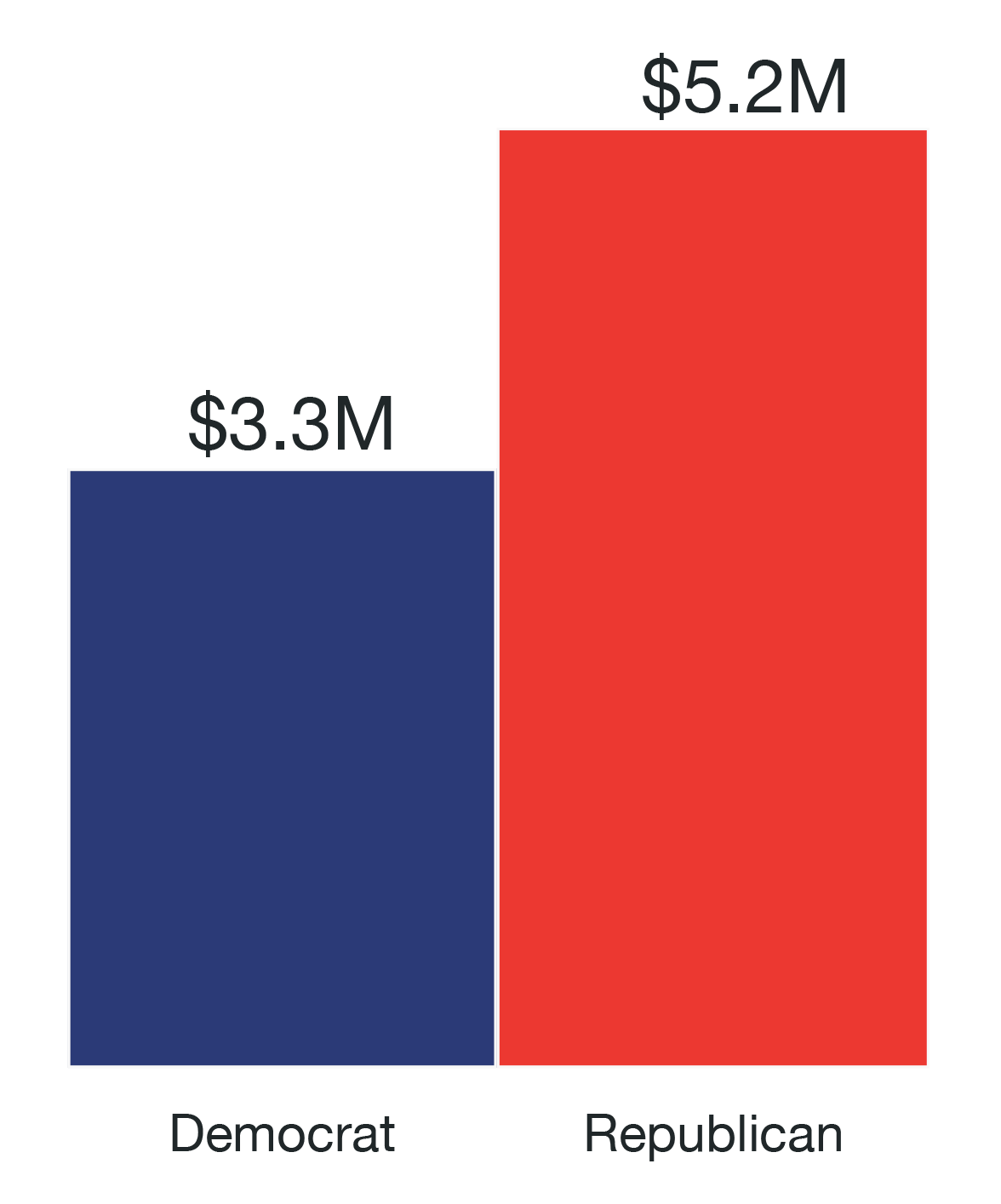
Figure 1: Texas State House — Democrat vs. Republican Fundraising in Top Challenger Races
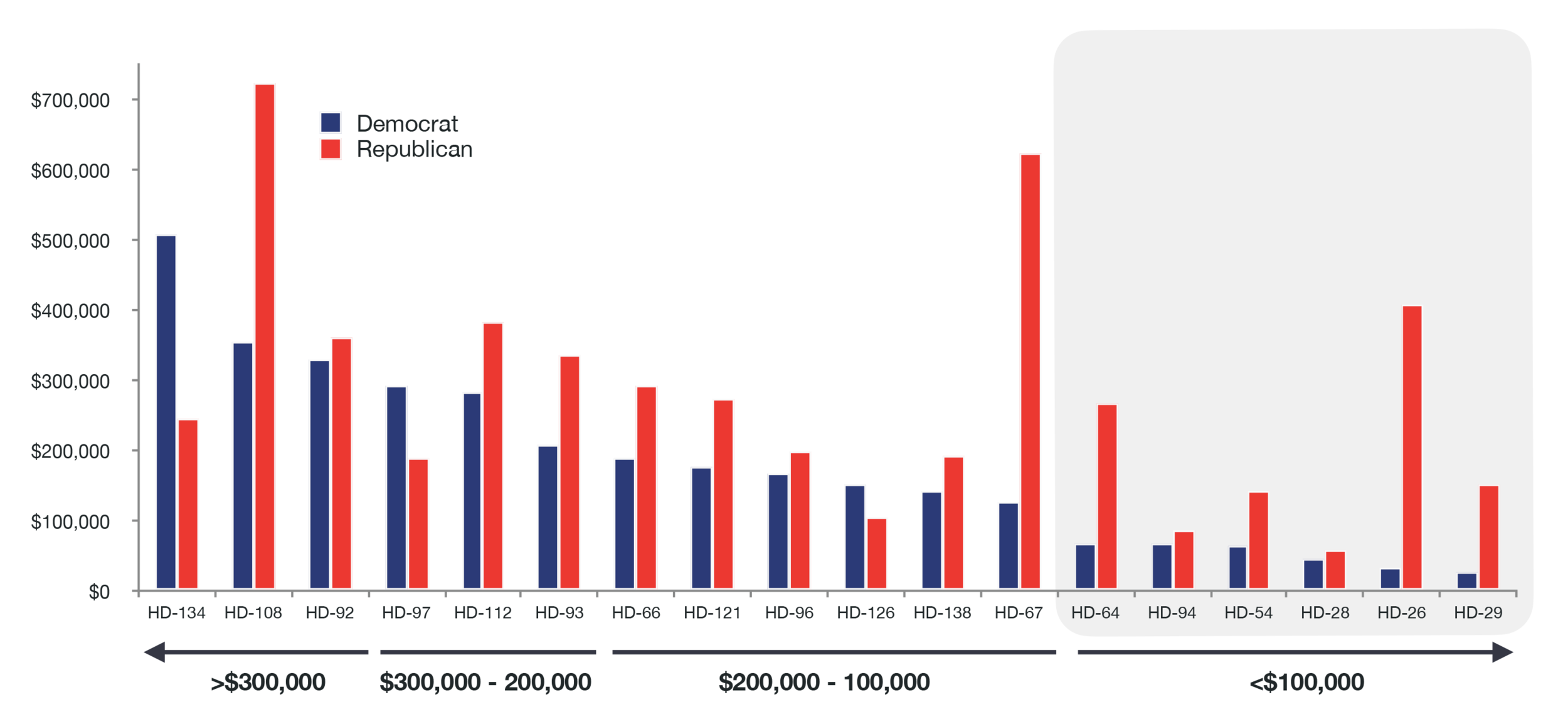
Figure 2: Texas State House — Breakdown of Fundraising in Top Challenger Races
In Florida, Democrats in the most competitive pickup targets in the state House have raised only 30% of their Republican opponents — a recipe for disaster. Anyone worried about Florida moving from being the preeminent battleground state to a Republican stronghold should appreciate the imperative to break the GOP stranglehold on power before redistricting. Across 23 challenger targets, Democrats raised a mere $1.2M versus Republicans’ $4.0M.
A staggering 20 out of 23 competitive pick-up targets saw candidates raise less than $100,000. Meanwhile, in all but two of these 23 races, Republicans broke the six figure mark.
This is the path to power in Florida, and to ensuring it’s a fair fight for control of the federal government for the decade to come. Yet, the opportunity remains hidden in plain site, with anemic resources moving from donors into competitive races.
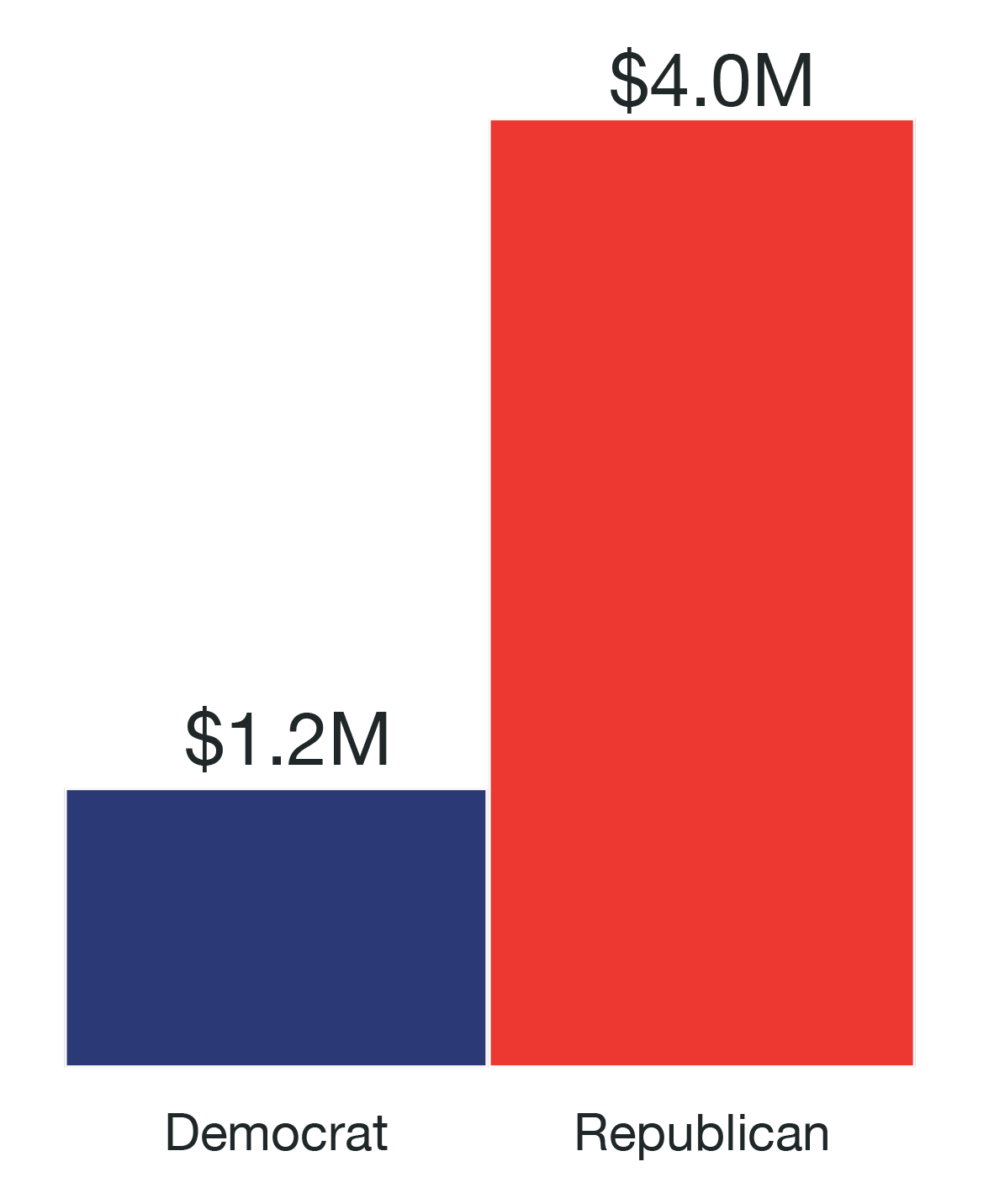
Figure 3: Florida State House — Democrat vs. Republican Fundraising in Top Challenger Races
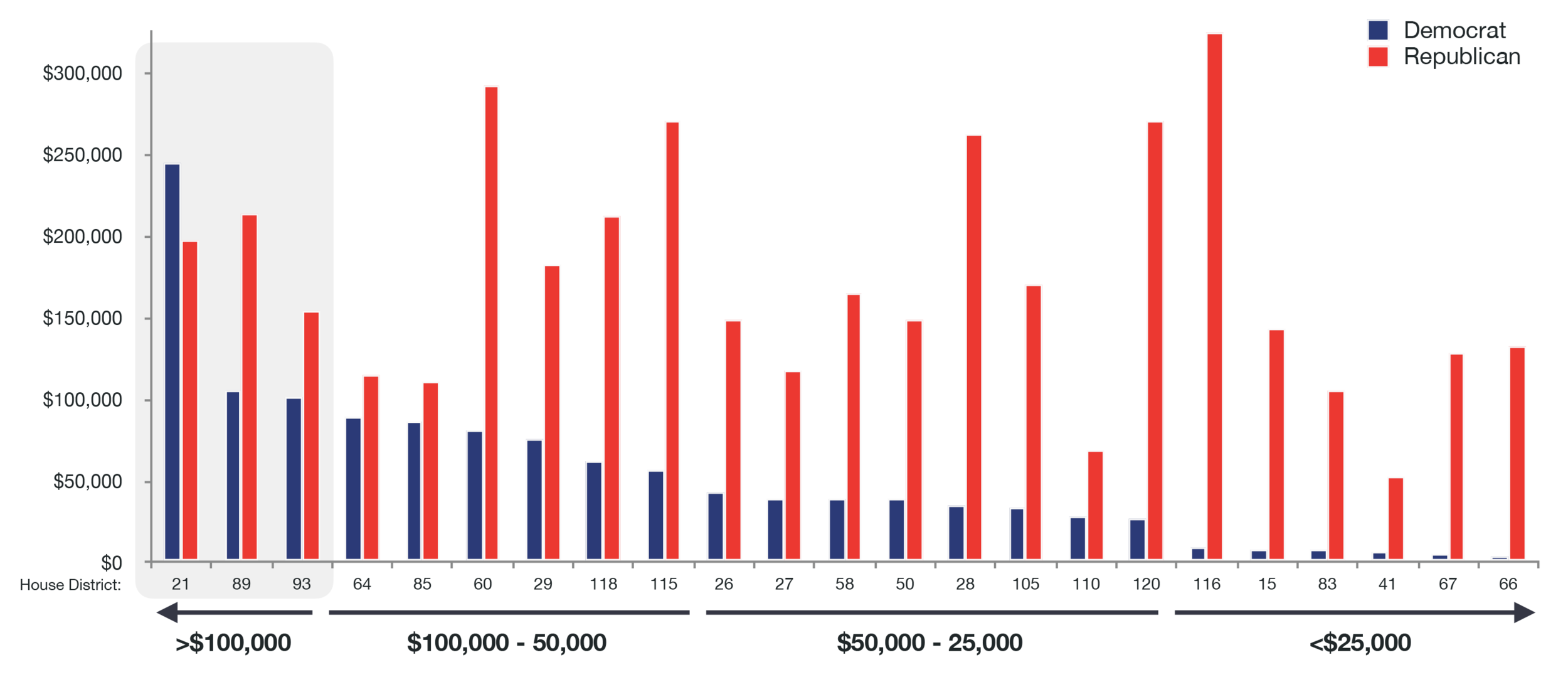
Figure 4: Florida State House — Breakdown of Fundraising in Top Challenger Races
Yes, Money Matters
Resources make the difference: We analyzed fundraising and electoral performance from 2018 and found that in the suburban geographies where Democrats gained the most ground, candidates for state legislature underperformed their congressional counterparts by 3.6 points. Democratic candidates running in literally the same zip codes on the same issues against Republican incumbents cut from the same mold. The difference? Resources. Congressional challengers were able to match the funding of the Republican incumbents they were trying to unseat while state legislative candidates were outspent by an average of 3-to-1.
Consider all of the seats that fall within that 3.6 point range: it’s enough to flip both the Florida and Texas House — likely redrawing a whopping 68 congressional seats after reapportionment. Add North Carolina’s likely 14 seats, and the three states alone account for nearly 20% of Congress.
Winning Is Within Our Reach
There’s a clear path to flip the Texas state house, Florida state house, and the North Carolina state house and senate. They’re all hard, but all achievable.
Texas House: Democrats now stand just nine seats away from a majority in the Texas House. In 2018, Democrats picked up 12 seats in the Texas House and garnered greater than 45% in 17 additional districts — even while being outraised by an average of 9 to 1. At times, there was as little as $4,000 on the Democratic side, and several times the Democrat was out-raised more than 20 to 1. Beto O’Rourke won nine of these districts in his 2018 US Senate bid, where Republicans still hold onto the state house seats.
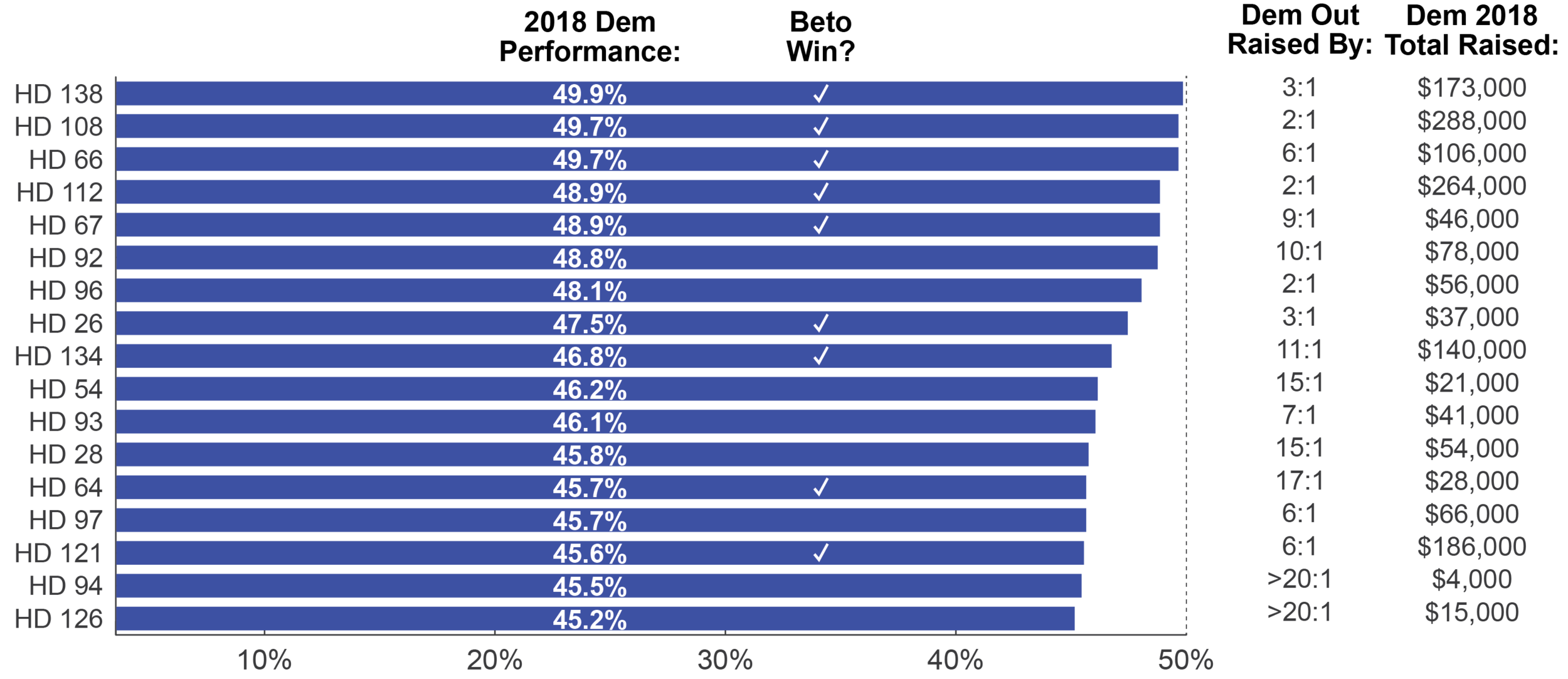
Figure 5: Fundraising Disparities in 2018 “Close Loss’ Races for Democrats
Florida State House: Democrats now stand 14 seats away from a majority in the Florida state house. In 2018, Democrats flipped 7 and garnered greater than 44% in 22 additional districts. Once again there is a chronic lag in down-ballot performance: Clinton, Gillum or Nelson outright won 15 of these districts where Republicans still hold onto the state house seats. These gains occurred even while being out-raised by huge margins — an average of 3 to 1, at times with as little as $5,000 on the Democratic side and being out-raised >20 to 1.
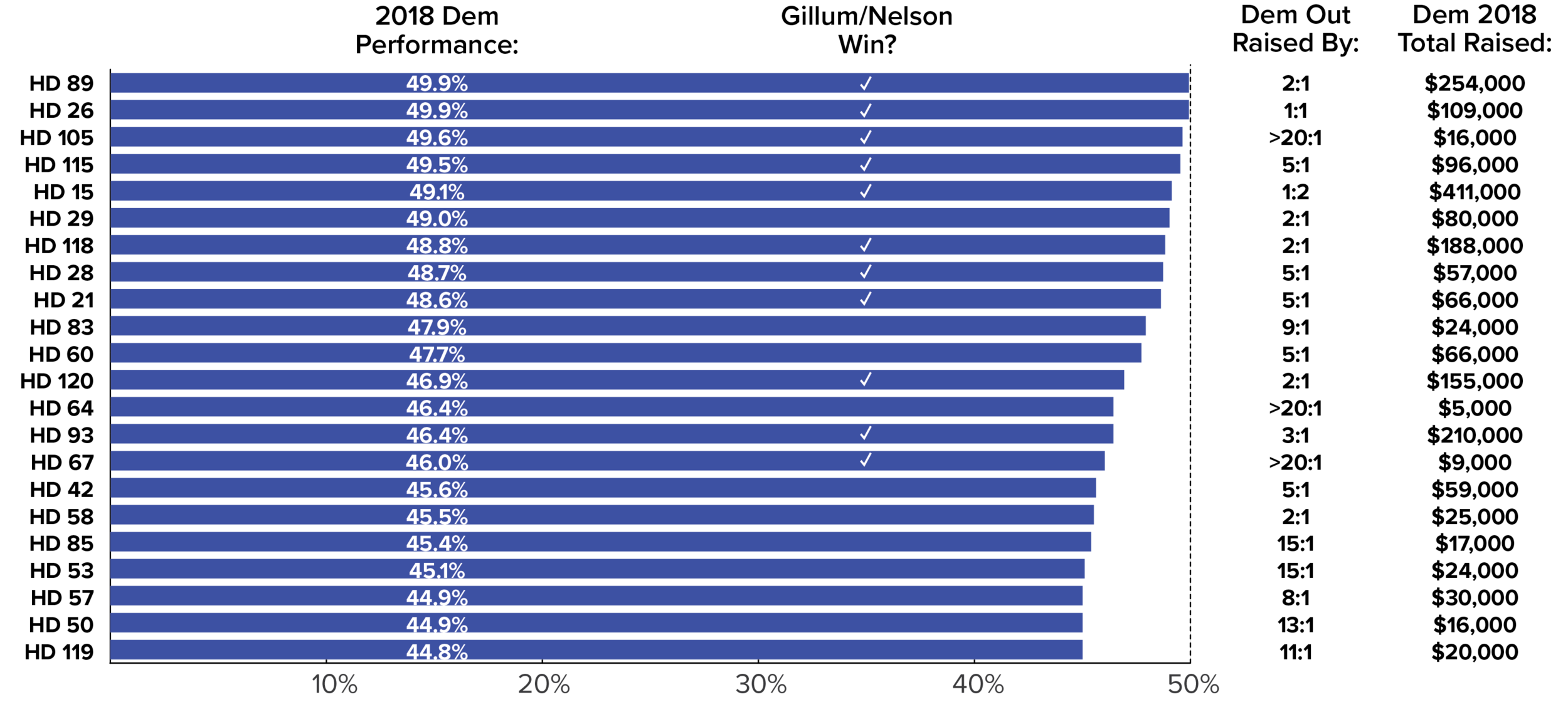
Figure 6: Fundraising Disparities in 2018 “Close Loss’ Races for Democrats
Conclusion
There’s no do-over for a year that precedes the decennial census. Securing a single lever of influence in these Republican-controlled states will have vast and lasting consequences. But without the resources commensurate to the Republicans — a fraction of what has materialized in U.S. Senate and congressional races — Democrats will be watching this opportunity pass them by and will feel the consequences for a generation to come.